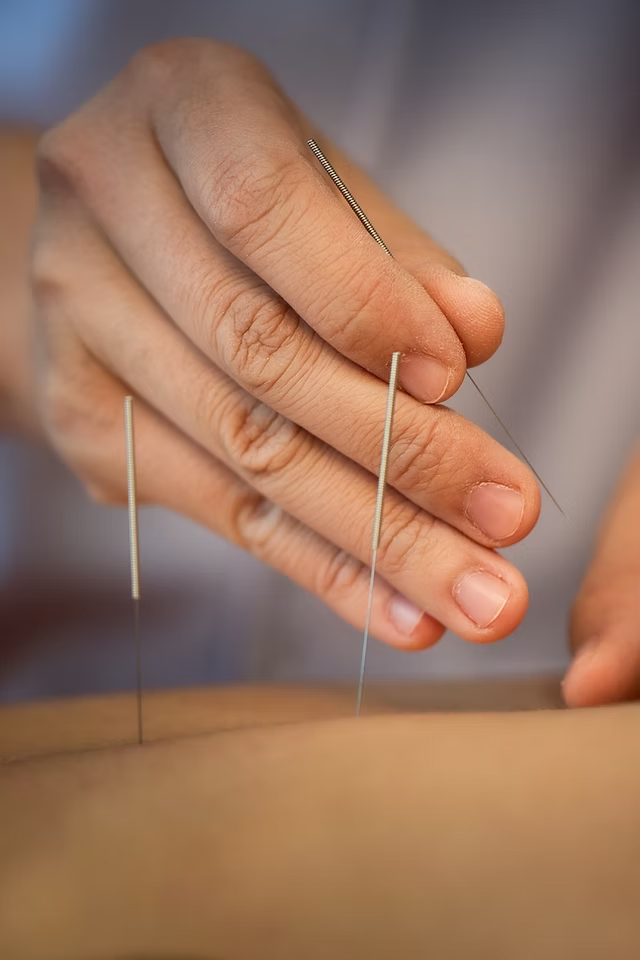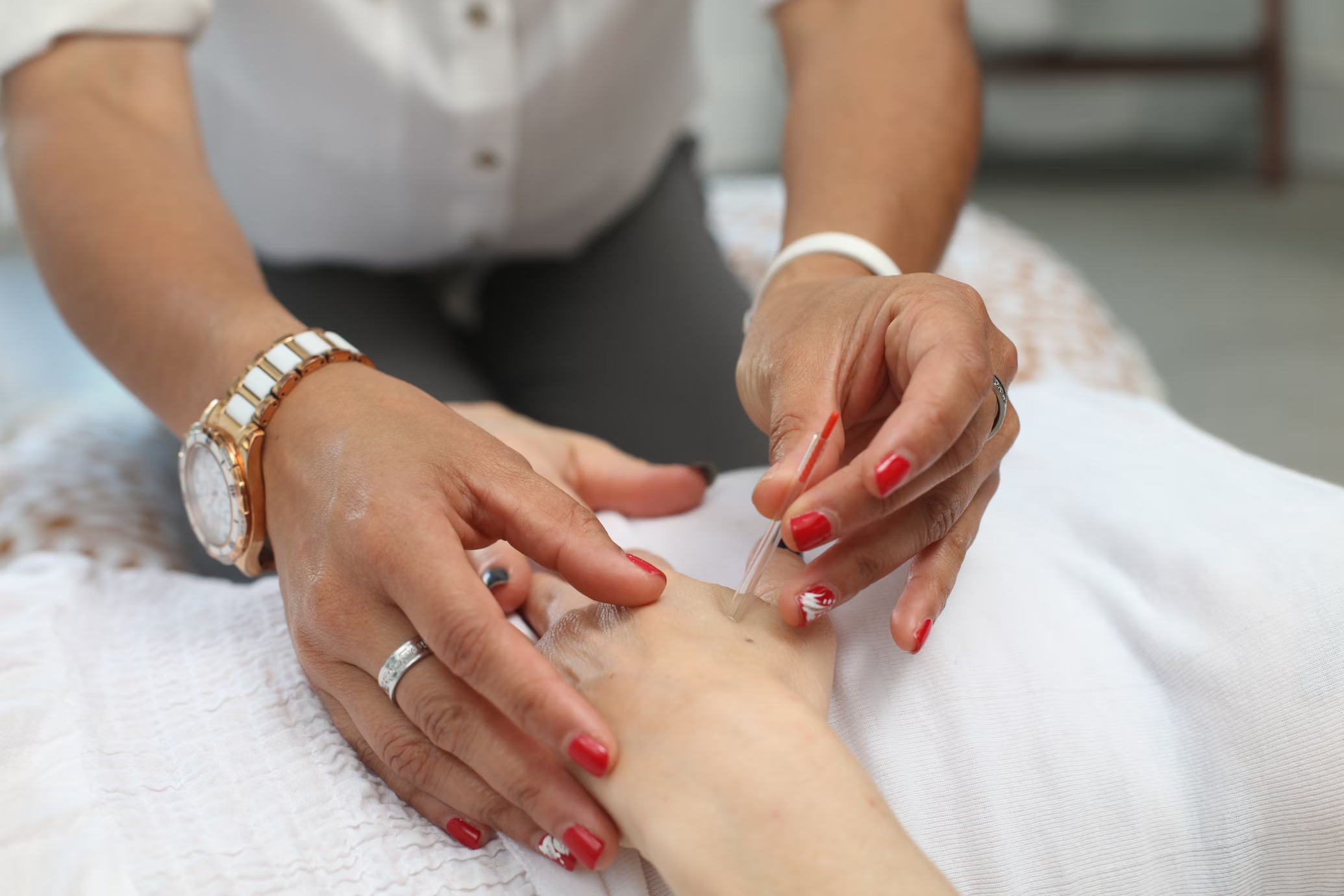- Healthy Healing Hub
Dry Needling
Dry needling offers several benefits, including pain relief, improved muscle length, and increased range of motion. It can also help with muscle spasms, reduce inflammation, and improve blood circulation. By releasing trigger points and restoring normal muscle function, dry needling can contribute to overall well-being.
- Specific Benefits
Here's a more detailed look at the benefits:
The frequency of dry needling sessions depends on your individual needs and the severity of your condition, but generally, a few sessions per week can be effective. For acute or subacute pain, 2-3 times per week might be appropriate, while chronic pain may only require 3-4 weekly treatments, according to Australian Sports Physiotherapy. Once the muscle starts to heal and pain decreases, dry needling may be needed only once a month or as needed, says Move Origin.

- Factors to consider when determining frequency
- General guidelines


- Important considerations
